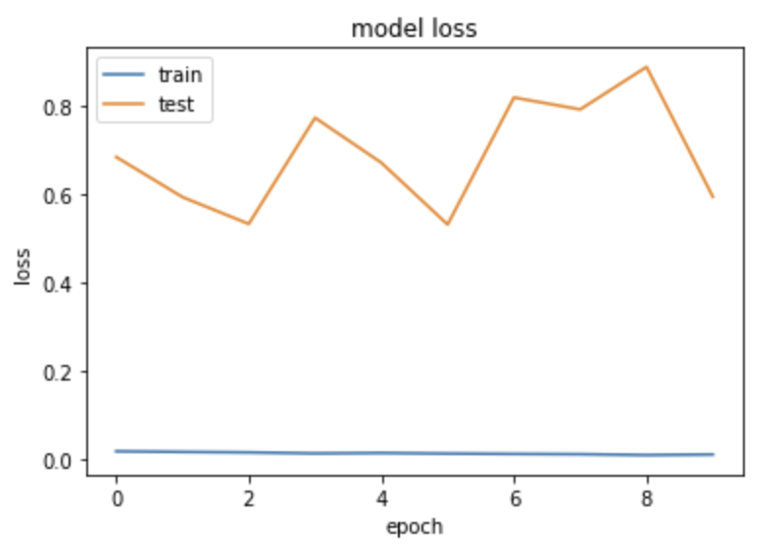Diabetes is known as a silent killer. Presence of high glucose level in the blood could have varied health implications ranging from heart attack to strokes and even fatality. And this happens over a period of time. Various body organs including heart, blood vessels, kidneys, eyes, and nerves may get damaged. Hence, early detection of diabetes is very critical. In this project, I created two computer vision models for identification of diabetes. The first model is a Support Vector Machine. After importing the data, I had to look at the decision boundaries for which I considered the following Kernels:
- RBF Kernel
- Linear Model
- Sigmoid Kernel
The accuracy for the RBF Kernel was 79 percent. The accuracy for the Linear Kernel was 81 percent and the accuracy for Sigmoid Kernel was 51 percent. The following Truth tables were obtained for the data:
RBF Kernel


I also developed a Neural Network for the same, taking 8 inputs in the input layers, 32 and 16 neurons in the 2 hidden layers having ReLu activation and 1 neuron with Sigmoid activation in the output layer. The following are the accuracy plots for the models with increasing number of epochs.


Pneumonia is an infection that inflames the lungs' air sacs (alveoli). The air sacs may fill up with fluid or pus, causing symptoms such as a cough, fever, chills and trouble breathing. Severe Pneumonia can cause fatalities. For detecting Pneumonia, I leveraged deep learning concepts with a view to save costs and time. To do this, I used Chest X ray data from Kaggle. In this project, a model was created by using training data of the X-rays of normal lungs and pneumonia infected lungs. Due to the heavy reliance of the model on image type data, a Convoluted Neural Network was created. After importing necessary files and tools and performing image augmentation, filters were established. 32 filters of shape 3 × 3 were chosen. It was ensured that images have a 64 × 64 resolution. Relu rectifier function was used after this. After this, Pooling was performed with a 2 × 2 matrix. These Pooled images will then under the Flattening process be converted into a continuous vector. Then the Dense function was used for full connection. The following is a plot of model accuracy and loss with increase in epoch.



About the author
Akshara is a junior at Columbia University. You can find more about her here.